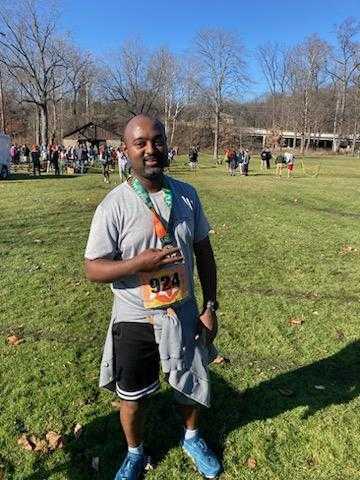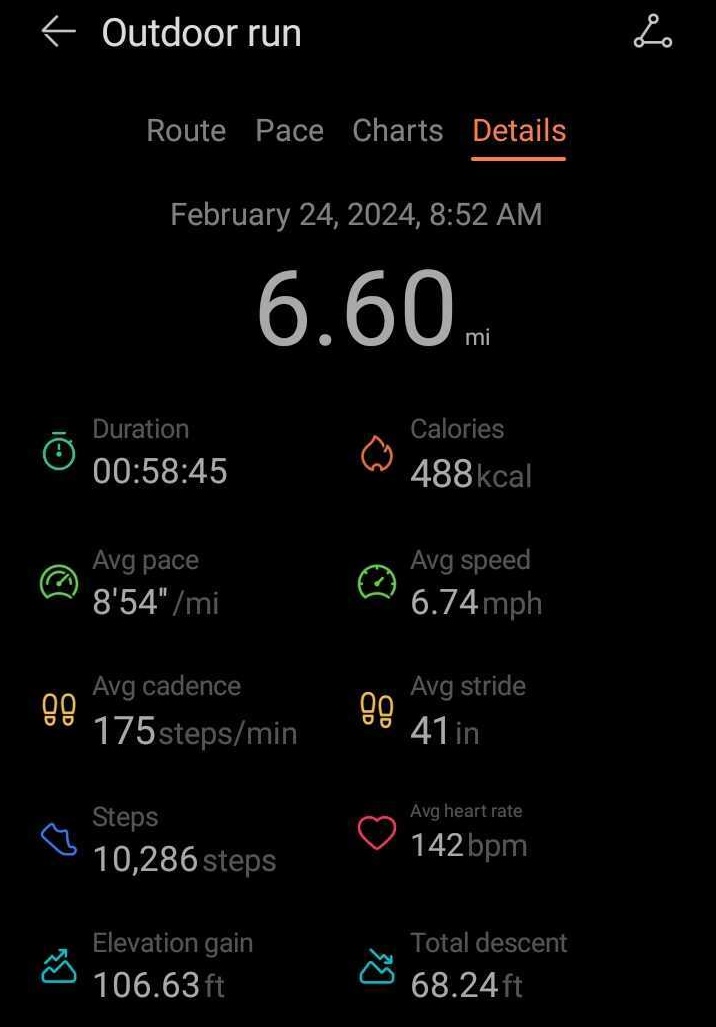Research and Half-Marathon
Research and Half Marathon: Two Sides of The Same Coin?
Long-distance running is not fun when proper training is not implemented. Last year, during the fall half marathon race at Strongsville, Ohio, I made a simple and naïve assumption that I would run a half marathon in less than 1:50:00. To achieve this, I made use of the simple equation v=s/t (s= distance and t= time) to set up my speed. In other words, if r(t) is a differentiable vector representing the position vector with respect to time t, then my speed is the derivative of the position vector v(t)=r’(t). Easy-peasy!!!
Without wasting time, I hit the gym with the predetermined speed of ~ 7.2mph. Unfortunately, within a week of starting the training, I hurt my knee and was forced to quit further training. Disappointed I asked, “What went wrong?”, “How could I make such a naïve assumption of finishing a half marathon in 1:50:00 without prior experience?”. First, my prejudices came from the lack of understanding of what running a half marathon encompasses, thus underestimating the preparation I need to do. The injury lasted for a while leading to less/improper preparation. I participated in the race, though not in very good condition, and completed the race at 2:20:22.

Currently, preparing for my second half marathon, I learned from my mistake. So, I started by laying out a good training plan. In addition, I have made a reasonable time frame to complete the race adjusting for age, experience, and lifestyle (considering time available for training). Thus, my new goal has shifted from 1:50:00 (ambitious but hard to achieve) to under 2:00:00 (exciting enough, reasonable, and achievable). Investigating optimum training guidelines for a half marathon, I realized that running a half marathon is more than what meets the eye. It requires consideration of various aspects of training such as core strength training, leg and thigh strength, endurance training, and high-intensity interval training. On top of this, one needs to keep proper nutrition, good rest/recovery, and avoid stress. It is also recommended to train with friends or colleagues to get motivation!!! Generally, long-distance running is a complex sport that needs to be tackled systematically. Putting all these things into consideration and increasing my training gradually, I made a 6.6ml run over the weekend at 00:58:45. This indicates that if the training persists for the next 10 weeks the goal could be achieved.

My experience in training for a half marathon is a good metaphor for research in general. Research is a high-level intellectual endeavor that requires keeping different aspects in optimum equilibrium. It requires great inspiration/curiosity, hard work, multidisciplinary collaboration, open-mindedness, and maintaining good mental health. In addition, it is important to create new connections and networks. My research stay at Cleveland Clinic (Supported by the Norwegian Research Council, Norway) has taught me how to connect the dots. Furthermore, it has helped me evolve to the next level and discover my strengths. As my stay is coming to an end, to cross-pollinate/disseminate what I have learned it is time to start a blog post where I will chat with members of Scott’s lab (Theory Division) and on different interesting topics and share on my website. Finally, the next important step I will focus on is to formalize our future collaboration and enable continuous exchange of young scientists between our institutions.